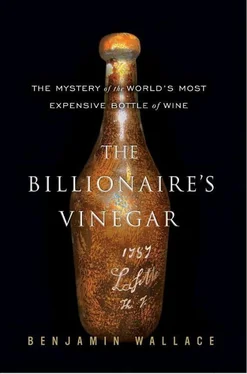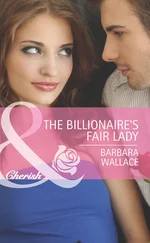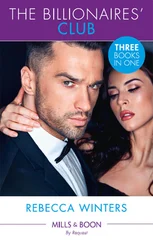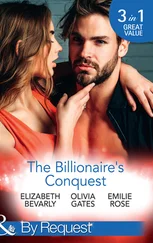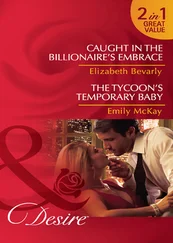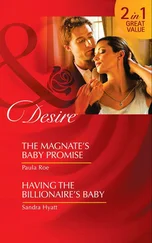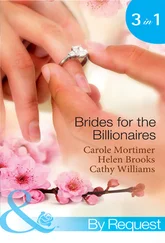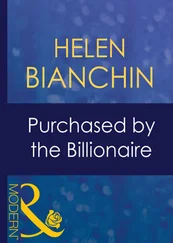Eigensatz found himself reevaluating all the Rodenstock wines he had drunk in the last several years. “I served them. I bought them,” Eigensatz said of the wines supposedly purchased in Caracas. Among these wines, which Eigensatz bought in 1987 and served shortly thereafter, were a double magnum of 1893 Cheval Blanc, an Impériale of 1893 Lafite, and a double magnum of 1893 Pétrus. “Pure raspberries,” Eigensatz recalled of the Cheval Blanc. “Incredible. The Lafite was excellent. The double magnum of Pétrus was very good. I know they were fakes. I’m convinced. I never had a Cheval Blanc again in this way—it’s always forest berries, never raspberries.”
CHAPTER 12

A BUILT-IN PREFERENCE FOR THE OBVIOUS
FOR A LONE PRIVATE COLLECTOR WITHIN THE GERMAN-SPEAKING segment of the wine scene to have doubts was one thing. But more far-flung and influential people, not just those at the Three Emperors Dinner, were growing skeptical of Rodenstock, too. The German’s most important ally in Bordeaux had been Comte Alexandre de Lur Saluces, the proprietor of Château d’Yquem. Lur Saluces knew many serious collectors of his wine, but none so avid as Rodenstock, whom even he called “Monsieur Yquem.” Rodenstock had opened the 1787 Jefferson Yquem at the château in 1985, and when Rodenstock asked whether he might hold his 1986 tasting at the château, Lur Saluces assented. Rodenstock promised a wine of equal rarity for this tasting, the flower-painted bottle, presumed to be from the mid–eighteenth century and supposedly discovered in Leningrad, inscribed with the name of the Sauvage family.
Lur Saluces wasn’t entirely prepared for what he was getting himself into. Rodenstock devoted an entire day to the question of which water to serve at the event; after sampling dozens, he concluded definitively that the simplest, most tasteless H 2O was a particular Belgian spa water. The event, attended by forty-two guests, began at 1:00 p.m. and ended at 1:00 a.m. the next day. After one flight, a well-marinated Michael Broadbent had to remove his vest to walk in the vineyard. Jancis Robinson, who found herself drinking 1964 Lanson Champagne to wash down aspirin, left her tasting booklet at the château, to the annoyance of Lur Saluces, who felt it would be indelicate to address the matter, as it would draw attention to the fact that she might have overindulged. Later, Lur Saluces agreed to trade Rodenstock a number of older vintages of Yquem from the château cellar, including several 1921s, in exchange for another, full Jefferson bottle, a 1784.
In Bordeaux, Lur Saluces was the bluest of bluebloods, Yquem the bluest of blue chips. The count’s validation was key to legitimizing Rodenstock. Some châteaux, including Pétrus and Margaux, kept their distance. Once Rodenstock asked Margaux general manager Paul Pontallier for certificates validating some of his old bottles. Pontallier refused. “He’s not an unpleasant person at all,” Pontallier says. “But we’ve never reconditioned bottles for him or participated in his tastings. Not that we had proof of anything, but we just weren’t comfortable.” Over the next few years, however, several other leading châteaux, including Yquem, Lafite, and Cheval Blanc, vouched for Rodenstock’s bottles by recorking them, which was tantamount to guaranteeing their authenticity. The day after the tasting at Yquem, the city of Bordeaux honored Rodenstock with a commemorative plaque.
But Lur Saluces gradually became disillusioned. When they’d first met, in the early 1980s, Rodenstock had been humble, respectful, knowledgeable, and laconic to the point of awkwardness. Over time he became increasingly arrogant, pronouncing himself the authority on Yquem. A collision with Yquem’s leader seemed inevitable, and in the late eighties it happened.
Near the end of the growing season in 1987, in Sauternes, it rained. A late rainfall was one of those things that could kill a vintage. If grapes were wet when picked, the entire crop could be diluted. A new technique called cryoextraction offered a solution: freeze the grapes, then mechanically separate them from the ice. The unripe grapes would freeze first (the riper grapes’ higher sugar content making them more resistant to freezing), so pressing would render juice only from the ripest grapes. Though the word suggested a futuristic, high-tech procedure, Lur Saluces viewed cryoextraction as basically “a cold room next to a press.”
When he explained the process to Rodenstock, however, the German wrote a letter to Lur Saluces, denouncing the innovation and insisting that he stop using it forthwith. In the traditionalist view of Rodenstock, Lur Saluces was forsaking the venerable method of individually picked berries, bringing mechanization to a bastion of handwork. Instead of limiting his criticism to a private letter, however, Rodenstock sent copies to several journalists, and a big article appeared in Der Spiegel, sounding the alarm about Yquem’s new “horror machine.” Lur Saluces took umbrage. “This was a German giving orders to a Frenchman,” as journalist Heinz-Gert Woschek later put it.
Lur Saluces was shocked by the attack and seriously considered suing Rodenstock. A few years later, Rodenstock further antagonized Lur Saluces when he tried to market a vase with Yquem’s insignia. Lur Saluces was at the time embroiled in a seventeen-year fight with Davidoff over its unauthorized use of Yquem’s name for one of its cigars, and Rodenstock’s venture seemed a clear provocation. Lur Saluces didn’t sue, but Rodenstock could forget about being asked to join the Académie du Vin, a fraternal organization led by Lur Saluces. When California collector Bipin Desai hosted a big Yquem vertical in the early 1990s, he had to disinvite Rodenstock after Lur Saluces said he wouldn’t attend if Rodenstock was there.
“When Hardy attacked Yquem,” collector Wolfgang Grünewald said later, “the whole Bordelais community was behind Alex. That was a huge blunder by Hardy. He lost an invaluable relationship. Hardy would not be good at politics.”
MORE THREATENING TO Rodenstock’s thriving business dealing wine were the proliferating questions about the contents of his bottles. At the high end of the market, doubts about the authenticity of certain old wines, while sometimes privately held, were seldom publicly aired. Châteaux, auction houses, and established merchants were fearful of spooking buyers, collectors of devaluing their cellars, and wine writers of being disinvited from exclusive tastings. Ambitious middlemen balked at interrogating their gray-market suppliers. In the late eighties, however, a handful of American collectors on the West Coast became more vocal.
They were generally more private and intellectual than the big-money collectors who formed the Group. At the center of this mostly Los Angeles–based contingent was Bipin Desai, a theoretical physicist at the University of California’s Riverside branch, who on the side organized commercial tastings featuring grand assemblages of old and rare wine.
Born into a wealthy Indian merchant family in Rangoon, then raised in Bombay, Desai had been a math prodigy, graduating from high school at the age of fourteen. After his family moved to the United States, he ended up getting his doctorate in physics at UC Berkeley and specialized in making predictions about the mass and behavior of subatomic specks like quarks, bosons, and leptons.
A teetotaling Hindu in his youth, he had come to enjoy an occasional glass of wine after traveling in Europe. But after he attended a horizontal of 1961 Bordeaux, Desai became an obsessed tasting organizer. (He also became a gourmand; during a three-month sabbatical at CERN, the nuclear research lab in Switzerland, he dined two dozen times at the three-star restaurant of Fredy Girardet.) His events tended to be brainier and more focused than Rodenstock’s: Each would explore a single theme; dress would be merely coat-and-tie; there were fewer celebrities; they would typically only last two days; and, of course, Desai didn’t foot the bill for his tastings.
Читать дальше
